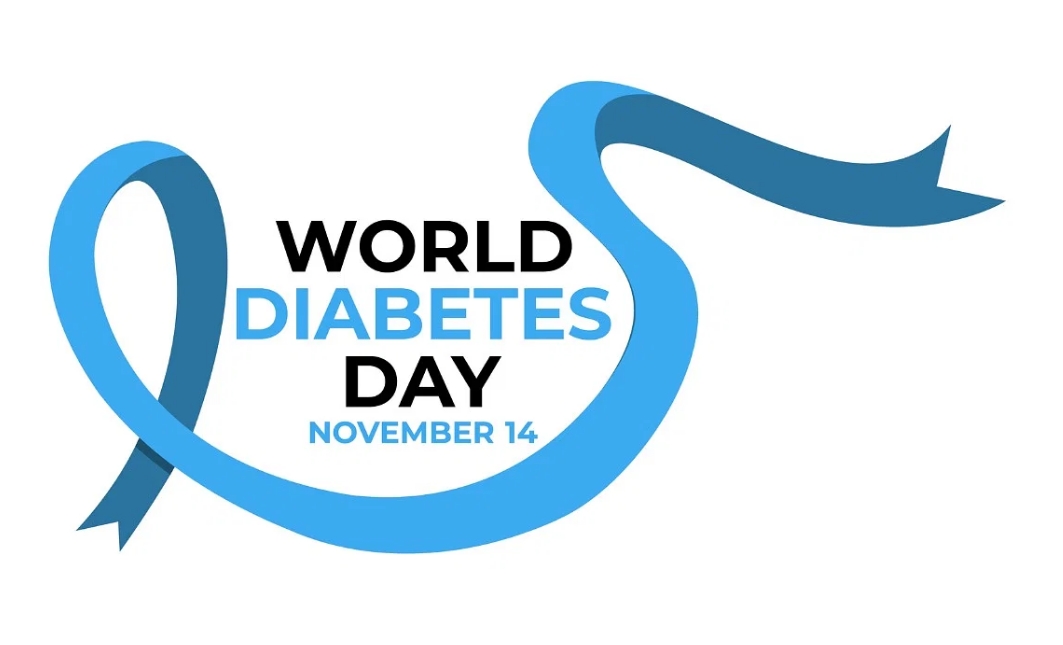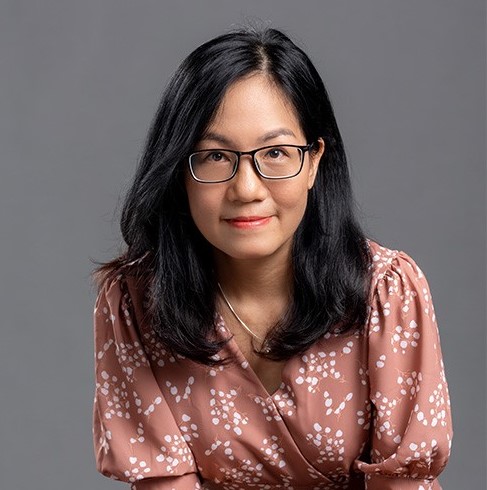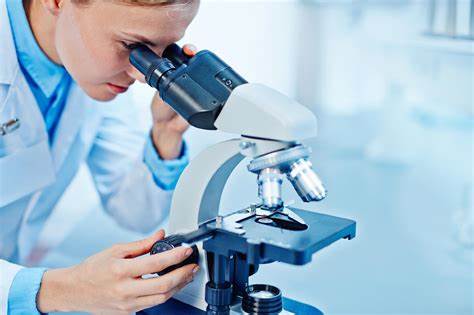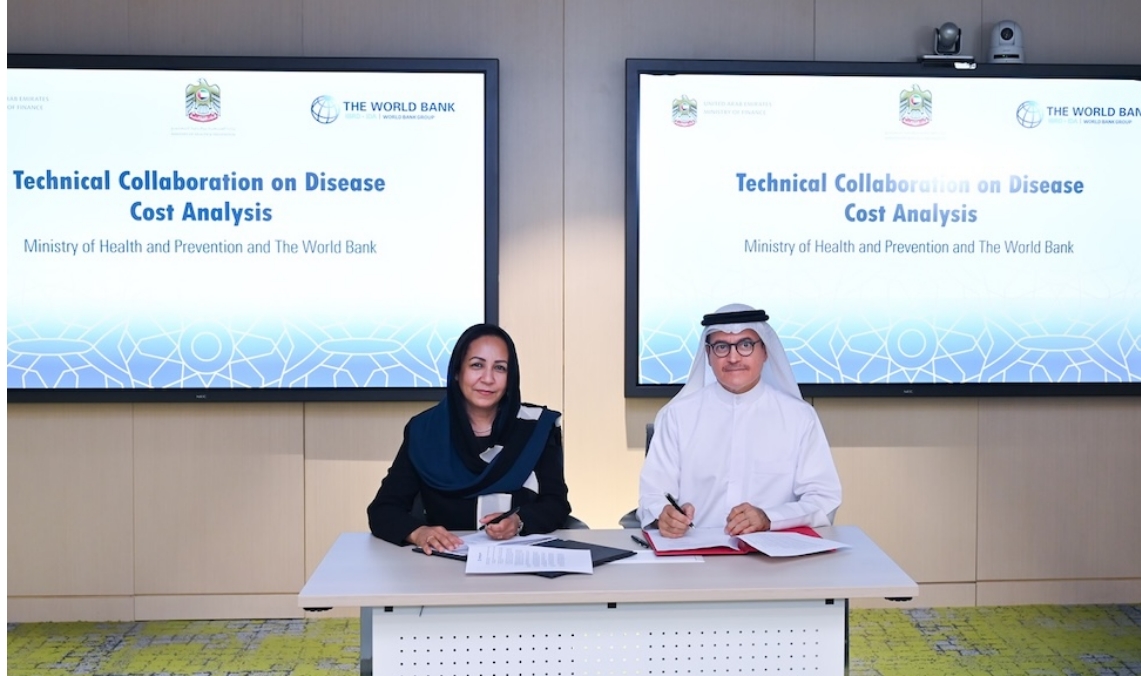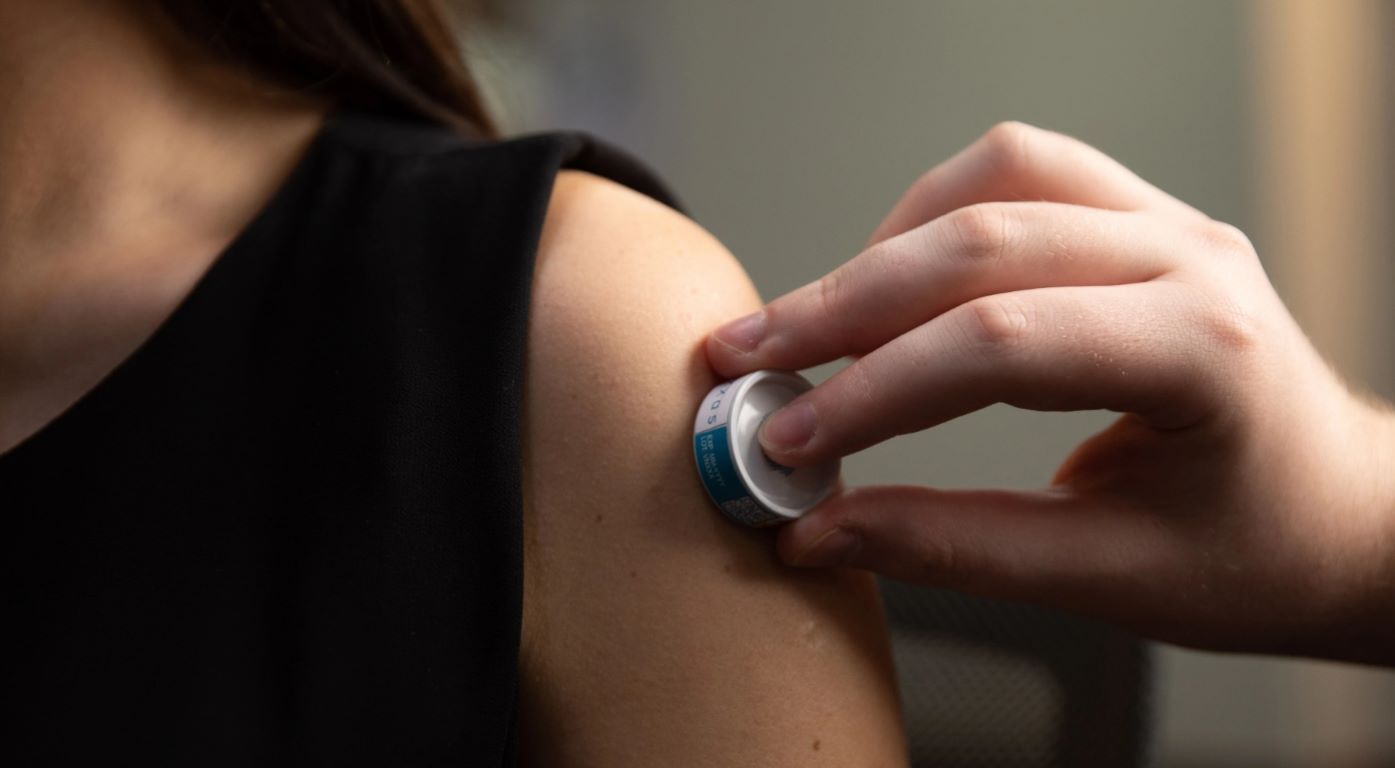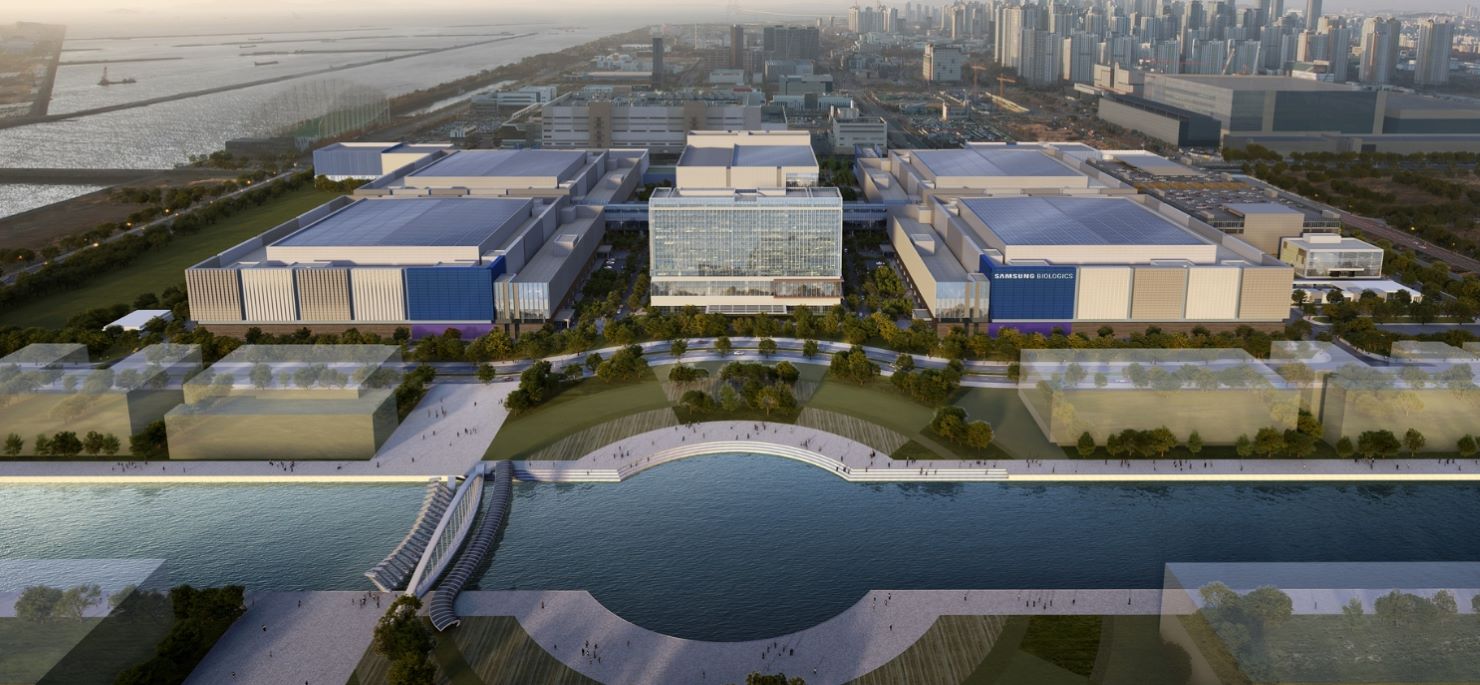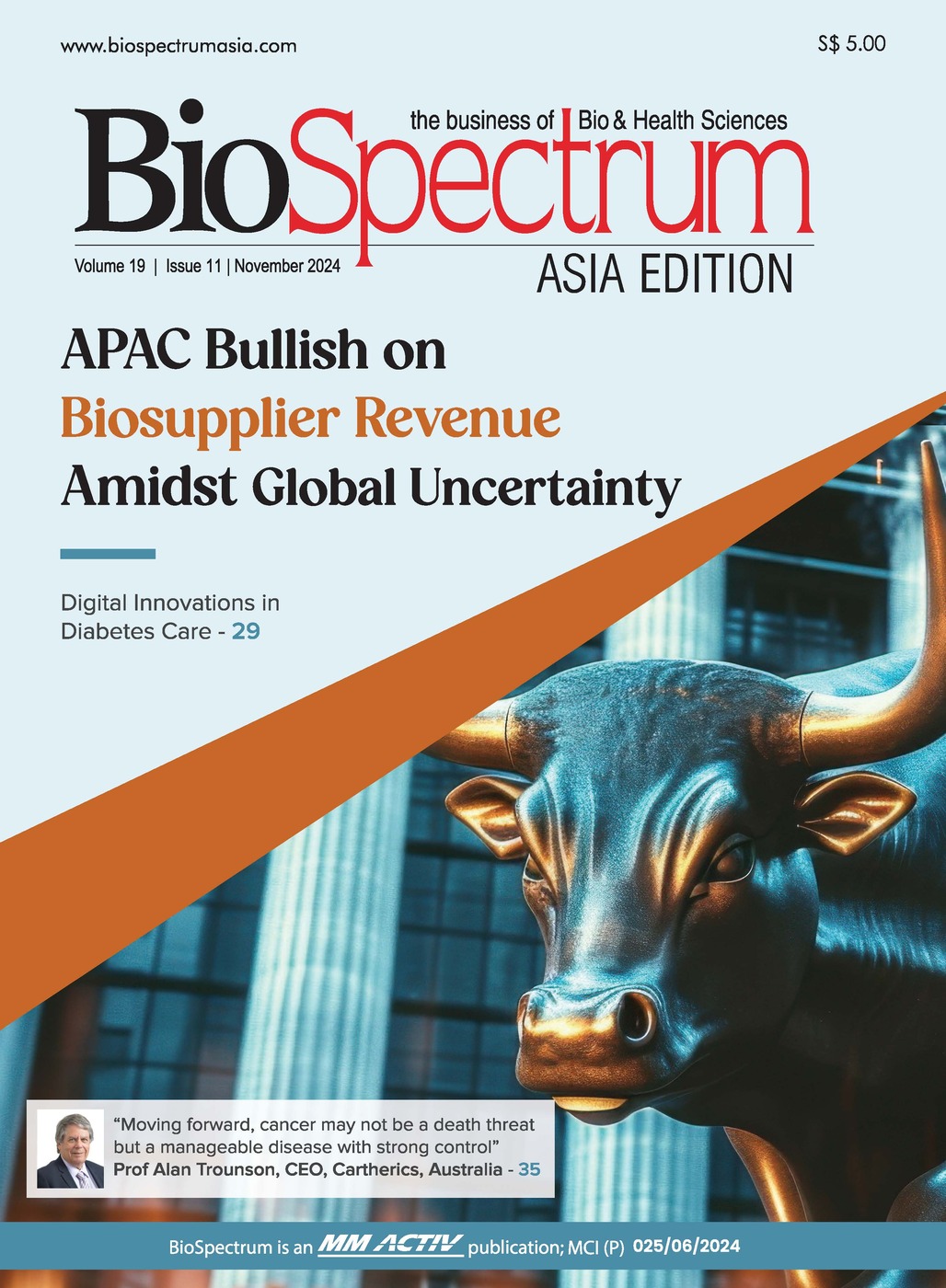Demystifying regulatory landscape of Asia-Pacific
28 April 2017 | Analysis
Global pharma majors find regulatory norms across APAC region cumbersome and time-consuming and call for uniformity

The most crucial stage for a pharmaceutical company to launch a new drug is getting the regulatory approval. The process is tedious, time-consuming and often lacking clarity that doubles up the effort and time needed to launch a new drug. Asia poses a potential and vast market for pharmaceutical companies but the channel to launch a pharma product could be extremely complicated. Asian countries have their own regulatory structure that requires different norms for drug approval. A global pharmaceutical company needs to follow different regulatory process of each Asian country in order to launch one pharmaceutical product. BioSpectrum Asia looks at the regulatory landscape of South East Asian countries and how these countries have evolved over the period.
Singapore
In order to streamline the regulatory structure for pharmaceutical and health related products, Health Sciences Authority (HSA) of Singapore transferred the regulatory controls for pharmaceutical products under the Medicines Act (MA) and Poisons Act to a single legislation known as the Health Products Act (HPA) in 2016.
“Under the HPA, pharmaceutical products, or conventional chemical and biologic drugs will be referred to as therapeutic products (TP), and regulatory controls will be stratified based on the risk profiles of the products. The new regulations will cater to different operational and business models in the rapidly evolving pharmaceutical landscape, while remaining relevant and adequate to safeguard public health and facilitate timely access to TP,” according to a statement by HSA.
The HSA declared that a total of six pieces of subsidiary legislation for the controls of therapeutic products under the HPA were finalised and gazetted on July 15, 2016.
They are:
Health Products Act (Amendment of First Schedule) Order 2016
Health Products (Therapeutic Products) Regulations 2016
Health Products (Clinical Trials) Regulations 2016
Health Products (Therapeutic Products as Clinical Research Materials) Regulations 2016
Health Products (Advertisement of Therapeutic Products) Regulations 2016
Health Products (Licensing of Retail Pharmacies) Regulations 2016
With the objective to strengthen regulatory structure in the country, in 2014, Singapore launched Centre of Regulatory Excellence (CoRE) at Duke-NUS Medical School, a dedicated centre targeted at the needs of national health regulators, the biomedical industry, and pharmaceutical and medical device companies. CoRE provides a platform to develop programmes that build leadership capability among senior staff and executives, promote regulatory leadership and encourage policy innovation across the Asia-Pacific. The idea behind CoRE is to develop a neutral platform to shape the regulatory process and to create an environment that enables development of new regulatory policies.
The organisation states, “Given the recent boom in the biomedical and life sciences fields in Asia, CoRE aims to support public and private bodies in their development of strong regulatory capabilities, and encourage innovation through thought leadership and best practices. Ultimately, CoRE’s aim is to create an environment in which new healthcare products can be developed, commercialised and delivered to populations across Asia with greater efficacy and safety.”
Malaysia
Medical Device Authority under Ministry of Health of Malaysia has developed MeDC@St, a platform for industry players to submit their applications for registration of medical devices and licencing of establishments. MeDC@St is a web-based online application system which enables submissions to be made from anywhere in the world, which also provides features that enable access by multiple users.
Medical Device Authority is the government body for regulation of medical devices in the Malaysian market. Medical devices in Malaysia covers a vast range of products, including heart valves, hospital beds, resuscitators, radiotherapy machines, surgical instruments, syringes, wheelchairs, assistive technology products, pregnancy tests, blood glucose monitors and pacemakers among others.
According to Medical Device Authority, there are three types of medical devices outlined in the legislation — general medical devices, active implantable medical devices, and in-vitro diagnostic medical device.
“Medical device regulatory system is intended to ensure protection of public health and safety. It is based on the safety and performance of medical devices throughout their life cycle. Essentially, prior to placing a medical device into the market, conformity assessment is conducted to provide objective evidence of safety, performance and benefits and risks to maintain public confidence. Conformity assessment is the technical term given to the process of evaluation and approval. In the context of medical device regulatory system, it is a systematic examination of evidence generated and procedures undertaken by the manufacturer, under requirements established by the Regulatory Authority (RA), to determine that a medical device is safe and performs as intended by the manufacturer,” states the Medical Device Authority, Ministry of Health Malaysia on its website.
KOREA
Korea Food and Drug Administration (KFDA) has designed the regulatory structure for drug development in Korea in tandem with the field of research. According to KFDA, for the product with the same strength of active ingredients, dosage form and route of administration per dosage form, approval is granted to the manufacturer, contract manufacturer and distributor. However, the necessity of separate approval is recognised for the protection of public health or for the product intended only for export.
KFDA defines that gene therapy products could be approved only in case it is applicable to certain disease areas such as genetic disease, cancer, AIDS, or other diseases that may be life-threatening or result in serious disorders. It further mentions that gene therapy products should not be approved that may have ethical concerns such as genetic modification of human reproductive cells, etc.
For medical devices, Ministry of Food and Drug Safety (MFDS) requires the submission of technical documents for the certification and approval of medical devices. Class I & II devices are certified by ‘Medical Device Information and Technology Assistance Centre (MDITAC)’ and some Class II (new devices) and Class III & IV devices are approved by MFDS.
Singapore
Latest Developments
As reported by the Regulatory Affairs Professionals Society, the US Food and Drug Administration (FDA) recently released a warning letter to Singapore-based Opto-Pharm for its failure to address leaking containers and bottle defects, among other violations. In addition, during FDA’s inspection, the company acknowledged its failure to validate its process prior to distributing drugs.
The agency also said the company product labels for its “Buffered Eye & Skin Xpect and Buffered Eye & Skin First Aid Direct” make claims that would mean the products are drugs.
Malaysia
Latest developments
According to Malaysian Investment Development Authority (MIDA), of the 264 licenced pharmaceutical premises in Malaysia only 77 are licenced to produce ‘modern medicines’ (antibiotics, injectables, painkillers, health supplements etc.), as stated in a special report by Global Risk Insights.
The Malaysian Ministry of Health has recently published guidance laying out how combination products that include both pharmaceutical and medical device components are regulated in the country. As is the case with many other market regulators’ approaches, the Malaysian guidance ties a combination product’s market registration pathway to its primary mode of action—products with pharmaceutical primary actions would fall under the country’s National Pharmaceutical Regulatory Agency’s (NPRA) oversight, while products whose key components are medical devices would be regulated by the Medical Devices Authority (MDA). As combination products pose more complex registration and evaluation challenges than standalone drugs or medical devices, Malaysian authorities also suggest that review timelines for such products will take longer.
KOREA
Latest developments
According to the pharmaletter, claims have been made that in order for South Korea to become a new drug powerhouse of a global scale, the unreasonable price setting system for new drugs must be improved first. One major flaw of the price setting structure is that the prices of new drugs are set lower than those of the existing drugs. This is because the current system focuses on pharmaco-economic assessment rather than its medical values. It has been pointed out that the government must establish a price setting system that properly reflects the value of new drugs, and also provide a positive cycle structure for R&D investment.
China
Latest Developments
According to the report generated by the Regulatory Affairs Professionals Society, China Food and Drug Administration (CFDA) is facing increasing pressure as a backlog of pharmaceutical marketing and clinical trial applications grow, though trial standards there are approaching those of international standards.
In 2015, more than 21,000 applications awaited review by the Centre for Drug Evaluation, most of which were for generic drugs. For clinical trials, between 2013 and 2015, the average delay for an application to register a clinical trial of an innovative drug was 14 months. To further improve its drug approval process, China has implemented what’s known as a “four-colour-light” strategy where different drugs are classified into redefined categories of innovative and generic drugs, with priority given to the innovative drugs.
Other strategies are also being implemented to fight these backlogs and inefficiencies, including the development of a new clinical trial approval system and several measures designed to encourage more participation by Chinese researchers and research centres in international clinical trials. The US Food and Drug Administration (FDA) recently released a warning letter to Teva for deficiencies related to an active pharmaceutical ingredient (API) manufacturing site in Hangzhou, China.
Japan
Latest Developments
As per the Decision Resources Group team, the drug pricing system in Japan is strictly regulated by various health authorities such as the Drug Pricing Organization (DPO), Ministry of Health, Labour and Welfare (MHLW) and Central Health Insurance Medical Council (Chuikyo).
In order to contain prices of so-called huge-seller drugs, in April 2016, Chuikyo approved a re-pricing rule to revise NHI drug prices. Under this special pricing rule, authorities can lower the price of the drug by 25% if it generates annual sales between JPY100 to 150 billion (US$0.8 to 1.3 billion) at NHI prices by exceeding the company’s initial sales forecast by 50%. Further, prices may be reduced by 50% for sales more than JPY150 billion (US$1.3 billion) that exceed initial sales forecasts by 30%. This has resulted in abrupt price reduction of blockbuster drugs such as Harvoni and Sovaldi, each by 31.7%, Avastin by 10.9% and Plavix by 28.8% in April 2016, and 50% for Opdivo in November 2016.
Pharmaceutical Technology stated that on January 6, 2017, FDA sent a warning letter to Sato Yakuhin Kogyo Co., Ltd. detailing current good manufacturing practice violations the agency observed during an inspection of the company’s facility located in Kashihara City, Nara Prefecture, Japan. The inspection, which occurred from June 6–10, 2016, found data integrity issues including incomplete laboratory records.
India
Latest Developments
The Medical Council of India has recently issued a directive to all the dean/principals of all medical colleges, director of all hospitals, president (state medical councils), health secretary of all states, director of medical education and director of health services saying that now every physician should prescribe drugs with generic names legibly and he/she shall ensure that there is a rational prescription and use of drugs. It also says that all the registered medical practitioners under the IMC act are directed to comply with the provisions of the regulations without fail.
Taiwan
Latest Developments
According to ‘China Post’, the Ministry of Health and Welfare recently announced that the controversial ingredients in Taiwan’s latest counterfeit drug scandal had come from mainland China. During a meeting of the Legislature’s Social Welfare and Environmental Hygiene Committee, Health Minister Chen Shih-chung was asked to name the company that supplied the ingredients used in lipid-lowering drugs charged with being counterfeit.
Australia
Latest Developments
‘Abc.net’ reported that a drug that melts away cancer in some patients with advanced forms of chronic lymphocytic leukaemia has been approved by Australia’s Therapeutic Goods Administration (TGA). Developed in Melbourne, Venetoclax — which will be marketed as Venclexta — has been approved for some stage-four patients of the disease. The drug will be available to patients who have not responded to standard treatments, or for those who have not been able to undergo other therapies, such as chemotherapy. The drug has already been approved for use in the United States and the European Union.
Thailand
Latest Developments
According to the Regulatory Affairs Professionals Society, the US Food and Drug Administration (FDA) recently added Nipro’s Thailand site to a list of companies barred from shipping supplies of medical devices to the US because of a lack of quality. In the case, FDA will not allow shipments of Nipro Thailand’s piston syringes (with luer lock tip or catheter tip) into the US. Nipro Thailand is the only company or site to be listed on FDA’s Import Alert 89-17 list.
Education in regulatory
With the objective to enhance regulatory ecosystem in Singapore, Regulatory Affairs Professionals Society (RAPS) and National University of Singapore (NUS) launched a graduate certificate in Medical Devices Regulatory Affairs (MDRA) programme in 2014. The programme is intended for Singapore-based regulatory professionals, and was developed in partnership with the government of Singapore to cultivate an industry-ready regulatory workforce.
The MDRA programme builds the foundational knowledge, critical thinking and application skills required of regulatory professionals. The curriculum is delivered through a combination of online training, interactive seminars, peer interaction and case-based learning, and covers regulations of ASEAN nations, China, the Asia-Pacific region, the US and Europe. The programme draws on the teaching and research excellence of NUS’ biomedical engineering faculty and the real world expertise of RAPS’ regulatory leaders from around the world.
Industry Initiative
In 2016, clinical service company PAREXEL International partnered with EMC Corporation to offer an end-to-end Regulatory Information Management (RIM) and Regulatory Content Management solution.
The combination of PAREXEL LIQUENT InSight Regulatory Information Management platform and EMC Documentum for Life Sciences software solution suite, provides life sciences companies with a solution for a product’s entire regulatory lifespan. Life sciences companies can utilise the solution for strategy and planning, authoring, publishing, submitting, viewing, archiving, and lifecycle management for a product. The offering is available through PAREXEL’s Regulatory Cloud, a life sciences content and regulatory information management solution structured within a dedicated, private cloud environment.
“A life sciences company must navigate the complex, global and region-specific regulatory landscape to maintain registration and compliance for a product,” said Dr Paul Bidez, Vice President and Global Head of Regulatory Solutions, PAREXEL during the launch. “To help solve this challenge for our clients, PAREXEL and EMC brought together our respective industry-leading regulatory information management platform and industry-leading life sciences content management solution suite within PAREXEL’s Regulatory Cloud.”
PAREXEL’s Regulatory Cloud utilises identity-based security that ensures that only authorised users can gain access to the infrastructure and application resources they require. The EMC Documentum for Life Sciences software solution suite can eliminate companies’ data silos to transform how organisations access, manage and share information across nonclinical, clinical, quality and regulatory groups, ensuring a single, authoritative source for regulated content.
Regulatory Challenges
Mentioning the challenges of regulatory structure of medical device industry, the fraternity said that first the regulatory in medical devices are not clearly defined and secondly, policy makers often implement the same parameters as included in more defined pharmaceutical industry that often leads to a complex structure. Besides, the number of products being added to medical device sector every year is much higher as compared to pharmaceutical industry, hence the regulatory requirements do not often match the trends of the sector.
One of the industry wish list is to have a unified regulatory procedure for different countries that would hopefully makes the process less complicated. ASEAN countries are in the process to harmonise its regulatory structure and even countries including US, Brazil, Canada and Australia have initiated medical device single audit pilot (MDSAP) as a common platform for regulatory approvals.
Mentioning the initiatives by Singapore to enhance regulatory structure in medical device sector, Prof Tan Sze Wee, Executive Director of Science and Engineering Council (SERC), Agency for Science, Technology and Research (A*STAR), mentioned that Singapore has partnered with global organisation, Regulatory Affairs Professionals Society (RAPS), to develop and implement new medical device regulatory affairs (MDRA) training programme to build knowledge, critical thinking and application skills required of regulatory professionals. Besides covering the regulatory systems of the US, Europe and Asia Pacific markets, the training programme is designed to offer instructions focused on the medical device regulatory requirements across Southeast Asian markets. The curriculum is delivered through a combination of online training, interactive seminars, peer interaction and case-based learning.
Published in Journal of Medicines Development Sciences, a report titled ‘Medicines development in the Asia Pacific region’ authored by Victoria Elegant states that in the ASEAN region namely Singapore, Malaysia, Thailand, Vietnam, Brunei, Myanmar, Philippines, Cambodia, Laos and Indonesia, much work is ongoing to harmonise requirements and regulations. Most countries have adopted the ASEAN Common Technical Document (CTD) for submissions. There are now no requirements for local clinical data for registration or for post marketing surveillance studies for New Chemical Entities (NCEs). Until recently, Vietnam required the collection and submission of local data for compounds which had not already been on the market for five years outside Vietnam, but this requirement has recently been removed for small molecules, the report mentions.
The report further highlights that India has updated its regulations recently, following accusations that there were many clinical trials being conducted in India without adequate protection for subjects. The new regulations mandate fixed compensation according to a specific formula, review of trials by the Drug Controller General of India (DCGI), and video taping of subject consent for specific vulnerable populations. Initially almost all trials in India stopped while the regulations were being updated, but in the last year the number of companies conducting clinical studies in India has increased.
Victoria Elegant mentions in the report that currently China is possibly the toughest regulatory environment, with imported NCEs taking up to six years for registration. The number of submissions is very large compared to other agencies, driven mostly by generic submissions. Local clinical trials to collect local data are required for imported drugs, and the backlog of applications for Clinical Trial Permissions due to the high volume and relative under-staffing at the China Food and Drug Administration (CFDA) is proving frustrating for many companies. The CFDA recently released guidelines for the conduct of multi region clinical trials (MRCT) with at least three countries including China, for unmet medical needs and life threatening disease, which may help to speed up registrations.
“Japan has required local data for many years, and has moved from requiring repeat of the entire development programme in Japan to now being open to multi-region or global trials including Japanese patients, provided the number of Japanese patients is sufficient to meet the Japanese regulatory requirements. Japan is routinely included in global development trials by many MNCs. Japan has revised Pharmaceutical Affairs Law in order to strengthen safety of drugs and device registration. It is now the third largest market in the world, after the US and China, and so remains very attractive,” writes Elegant in “Medicines development in the Asia Pacific region”.
Taiwan requires local data or a bridging study which may include Asian patients or provide pharmacokinetic justification, which is the path most commonly used. Taiwan is an increasing centre for clinical trials in the region, given the short timelines for obtaining regulatory and ethics approval, and the high quality of data from experienced clinical trial centres.
South Korea is also a major centre in the region for clinical trials, due to the regulatory, political and demographic favourable conditions. The government has established clinical trial training centres, improved and streamlined the clinical trial approval process within the regulatory framework. The quality of trials, ease of the regulatory framework and medical infra-structure, along with the requirements for local data for product registration, have attracted many MCNs to do trials in Korea. Clinical trial data generated in South Korea can be accepted in Japan, which allows an Asian strategy for product development.
In Australia, current data suggests that around 1,000 new clinical trials are commenced in Australia each year by pharmaceutical, biotechnology and medical device companies, representing a $1 billion investment, the top 10 global pharmaceutical companies being responsible for 20% of this investment. There has been a shift in trend in the type of clinical trial activity conducted in Australia. Historically, Phase III studies have dominated. However, since 2008, there has also been a significant increase in early-phase activity, reflecting global trends, along with local capabilities in early-phase clinical research, the report mentions.
Amrita Tejasvi with inputs from Manbeena Chawla and Kalyani Sharma


